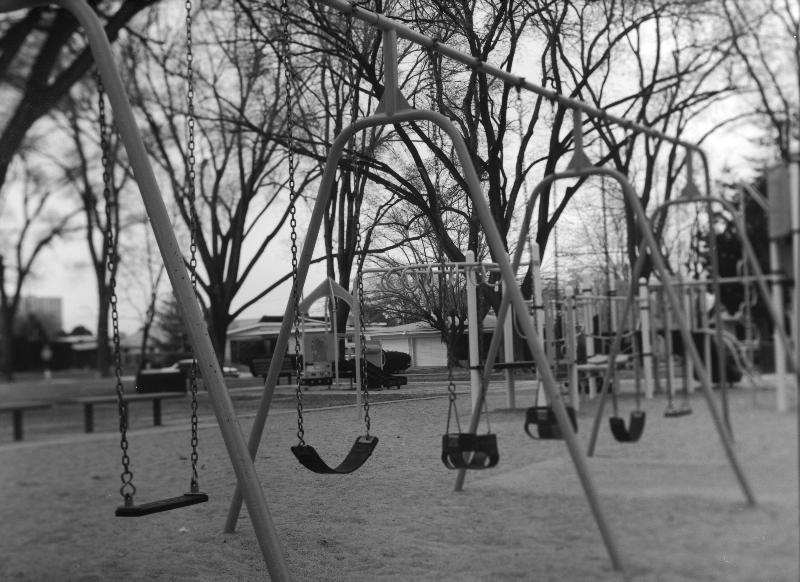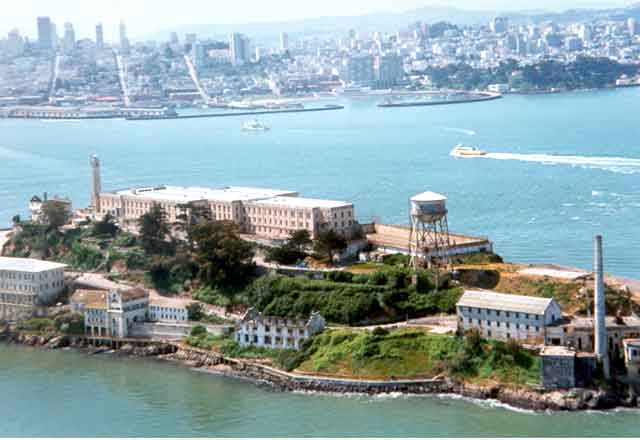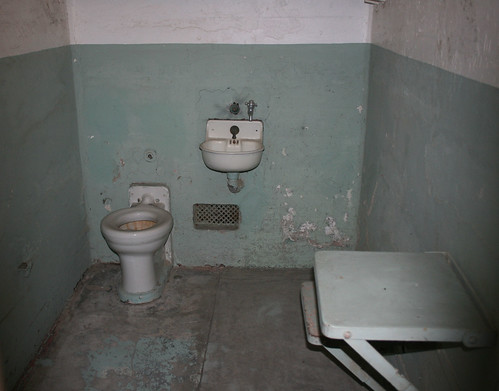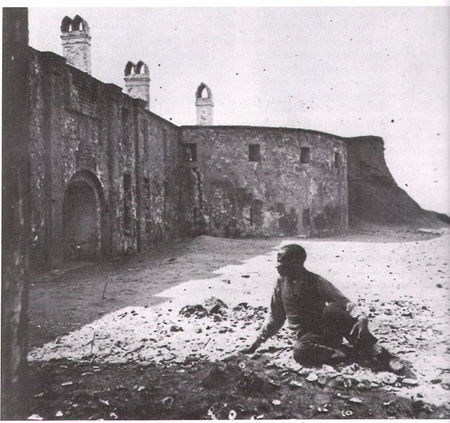As many of us found, it was difficult to find spaces that we consider to be alive or dead according to what Alexander describes in “The Timeless Way of Building.” After thinking for a while, I decided to analyze some spaces at Penn State since our campus has been such a large part of my life in the past couple of years. I have frequently visited the duck pond at the Alumni Center, and feel as though this space is most certainly alive. The IST Building, which I often pass by and pass through, on the other hand seems to me to be a dead space.
The Hintz Family Alumni Center is an appealing building in itself. However, the duck pond that accompanies it on its lawn is much more inspiring. Here in this man made place the natural occurs. One thing I have noticed is the sort of wild freedom that the plants and animals seem to have in this area. In many places the different plants grow into a cohesive whole with each other or the pond and the rocky terrain around the pond. This flora along with the pool of water has developed a suitable habitat for duck hatchlings to grow into adults. The pond also hosts an abundant fish and turtle population which simulates a fuller wilderness. There seems to be a natural attraction for people to come there. I constantly witness people of all ages enjoying the space; for every adult or college student that seeks a bit of calm in their hectic lives who visits the pond I see a child with that strange and joyful wonder for world while they explore the area. I always feel a little better about the day, a little more at peace with myself when I am there. Every being in the space seems to be in harmony, neither disturbing each other nor ignoring each other. These patterns seem to be consistent year round.
The IST Building (1, 2, 3) is a whole different story. When I go there it seems to me that the building and its surrounding space is trying to be something it is not. It boasts a huge parking lot that is never filled. It has outdoor seating that is rarely used, especially in the semi-outdoor overpass section. I feel as though this space was set up to be some sort of student center or highly visited central hub much like the current HUB. The interior of the building seems overly convoluted for its function of housing classrooms, computer labs, and offices. I feel a bit uneasy when I am there since the space seems intended for a much fuller crowd. The large space with such little traffic creates an awkward tension. Perhaps if the campus continues to expand the space of the IST Buiding will grow and mature into what it feels like it is meant for. Maybe it will prove to have been built with the timeless way.
It does seem as though the places that feel alive also seem to have a natural collective of elements and patterns. While places that are dead have misconstructed their elements and so the patterns do not seem to fit correctly. As I wrote in an earlier post, our modern consumerism is at odds with the timeless way. We cannot build things that are complete or whole in their elements and patterns because we need a constant economic cycle to fuel our society. Our one-size-fits-all mass production does not seem to allow the growth through the individual expression of the elements and patterns of a space that would engender the timeless way. Does this perhaps mean that our consumerism is itself dead in the way Alexander describes?

 They are pretty much just empty now because the Japanese are more concerned with work and have been desensitized by the porn industry there. People are quick to go to porn before they become intimate with a woman. This was shown to me on current tv and confirmed by my various Japanese friends. So the playgrounds in Japan are just empty, “dead” space. The echoes of children playing and swinging on swing is no longer there.
They are pretty much just empty now because the Japanese are more concerned with work and have been desensitized by the porn industry there. People are quick to go to porn before they become intimate with a woman. This was shown to me on current tv and confirmed by my various Japanese friends. So the playgrounds in Japan are just empty, “dead” space. The echoes of children playing and swinging on swing is no longer there. 













 Lunuganga, which one visitor described as “a peaceful oasis in the chaos of life”, was Geoffrey Bawa’s country home. This space which was his muse and experimental laboratory for many years (he continuously experimented with its spaces and structures) is the epitome of a live space. The architecture utilizes traditional Sri Lankan style into modern structures. He has worked in perfect harmony with nature to make this one of the most serene spaces in Sri Lanka. Lunuganga’s rolling lawns, terraces and pavilions set out like a series of spacious outdoor rooms, whose positions have been carefully chosen to exploit the fabulous vistas over the lake, tropical jungle and paddy fields which surround the property give it a very dynamic feel. Statues, pavilions, courtyards and lily ponds provide much interest as they flank secret pathways that link gardens. It is not a static object: it is a moving spectacle, a series of scenic images that change with the season, the point of view, the time of day, the mood. And so Lunuganga has been conceived as a series of separate contained spaces, to be moved through at leisure or to be occupied at certain times of the day. From the house it is possible to set out in any direction and combine the different parts of the garden into any one of an infinite number of possible spatial sequences. More images and interesting facts can be obtained from
Lunuganga, which one visitor described as “a peaceful oasis in the chaos of life”, was Geoffrey Bawa’s country home. This space which was his muse and experimental laboratory for many years (he continuously experimented with its spaces and structures) is the epitome of a live space. The architecture utilizes traditional Sri Lankan style into modern structures. He has worked in perfect harmony with nature to make this one of the most serene spaces in Sri Lanka. Lunuganga’s rolling lawns, terraces and pavilions set out like a series of spacious outdoor rooms, whose positions have been carefully chosen to exploit the fabulous vistas over the lake, tropical jungle and paddy fields which surround the property give it a very dynamic feel. Statues, pavilions, courtyards and lily ponds provide much interest as they flank secret pathways that link gardens. It is not a static object: it is a moving spectacle, a series of scenic images that change with the season, the point of view, the time of day, the mood. And so Lunuganga has been conceived as a series of separate contained spaces, to be moved through at leisure or to be occupied at certain times of the day. From the house it is possible to set out in any direction and combine the different parts of the garden into any one of an infinite number of possible spatial sequences. More images and interesting facts can be obtained from 

